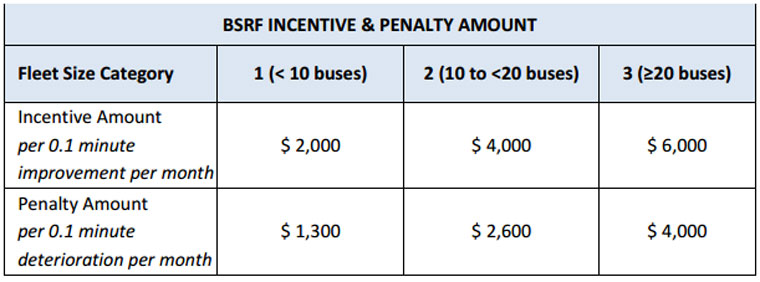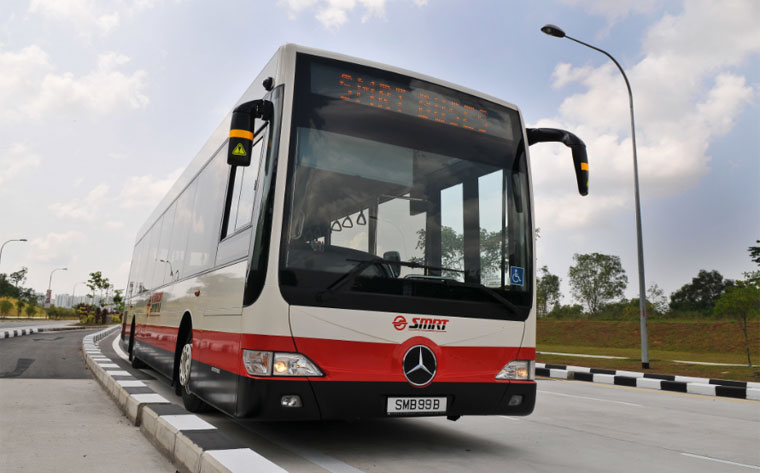The Land Transport Authority (LTA) said on Monday, May 9, that SBS Transit was given a total of $1.34 million for improving the regularity of bus arrivals for 18 services, while SMRT earned $504,000 for bettering seven services.
The mainstream media reported the news here and here.
Other alternative sources then bleated about it subsequently, such as here and here, waxing audacious about why transport operators should be rewarded for doing what they ought to do.
Sometimes information is easier to digest if you read the original sources (here and here) instead of just headlines, meandering news articles or memes.
Here are three misconceptions you might have about SBS Transit and SMRT earning some S$1.84 million altogether for supposedly improving bus waiting times.
1. It does not mean all SBS Transit and SMRT bus services have improved.
This fact should be simple enough to understand but it got lost when news got truncated into one headline.
The Bus Service Reliability Framework (BSRF) was introduced in February 2014 to improve bus reliability by reducing bus bunching and prolonged wait times.
A total of 34 bus routes were assessed under the scheme.
BSRF has been assessing the regularity of a bus service using the concept of Excess Wait Time (EWT). [More about this later in point 2].
This is the third six-month assessment period -- held from June 2015 to November 2015.
Therefore, this does not mean all buses on all routes by SBS Transit and SMRT improved waiting times.
Because out of this 34 bus routes assessed, 27 of them showed improvements.
If you personally felt that waiting times for buses you took didn't improve, regardless of what the media said, maybe it has to do with the fact they are not part of the 34 bus services being assessed.
And mostly because waiting times did not get shorter significantly: Just more regular.
2. Reduced Excess Wait Time does not mean shorter wait time
Excess Wait Time (EWT) can be reduced to zero.
How this happens is simple: For example, if a bus service arrives perfectly regularly, the EWT will be 0 minute.
However, if there is bus bunching resulting in prolonged waits for the subsequent bus, the EWT will increase.
Each bus service will have its own EWT -- some will be longer or shorter, depending on the characteristics of the route.
Hence, a longer route will have a higher existing EWT.
The EWT will only improve if bus arrivals become more regular and more evenly spaced.
A lower Excess Wait Time simply means buses arriving more regularly, commuters experiencing more regular waiting times and greater ease in boarding as the passenger load will be spread more evenly across the various bus trips.
3. SBS Transit and SMRT can earn money but also get penalised
This is the classic carrot-and-stick approach.
SBS Transit and SMRT are rewarded with incentives for improvements, but also penalised for deterioration when bus services become irregular.

Which also means that "earned" can easily be replaced with "compensated" because costs go up when measures are taken to ensure regular buses, such as having standby buses to inject mid-route if there are delays to buses which are already en-route.
Given the dynamic and chaotic (technical definition of "chaos") nature of the transport system, where a 40 percent filled road can mean optimal smooth travel, while a 50 percent filled road can increase travelling time by twice the amount, ensuring regularity requires real-time intervention and monitoring.
This is something that tests the responsiveness of bus drivers, staff who make the call to deploy the buses, perhaps, and what are known as service controllers who act on the ball.
Moreover, the remaining seven SBS Transit and SMRT services that did not improve had excess wait times that were 0.1 minutes from the service's baseline, and so did not qualify for any incentive or penalty.
For the uninitiated, 0.1 minutes translates to a mere six seconds.
Also, there were two services that did improve but did not do well enough to qualify for incentives.
But bus waiting times should not be getting worse because as of March 31, 2016, 800 government-funded buses have been added.
Regardless, you'd most likely always miss the bus because that's life.
Top photo via
If you like what you read, follow us on Facebook and Twitter to get the latest updates.
If you like what you read, follow us on Facebook, Instagram, Twitter and Telegram to get the latest updates.
